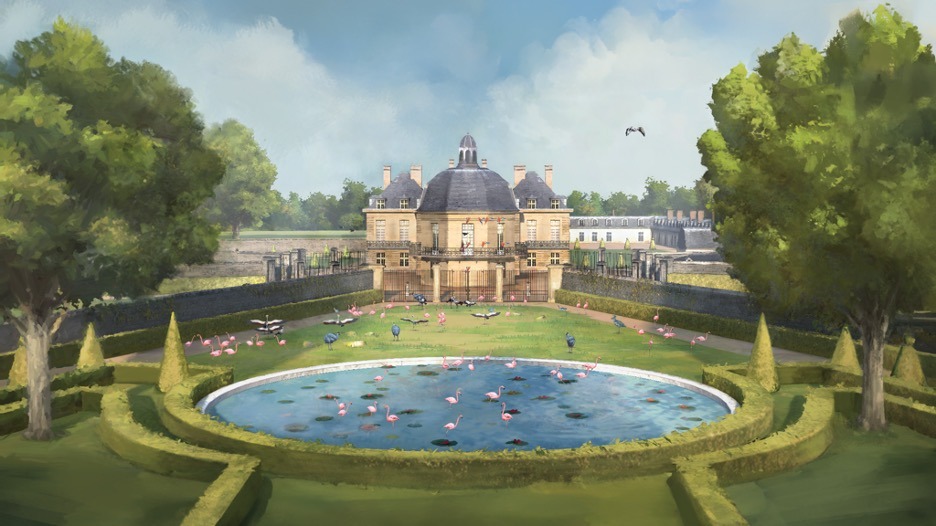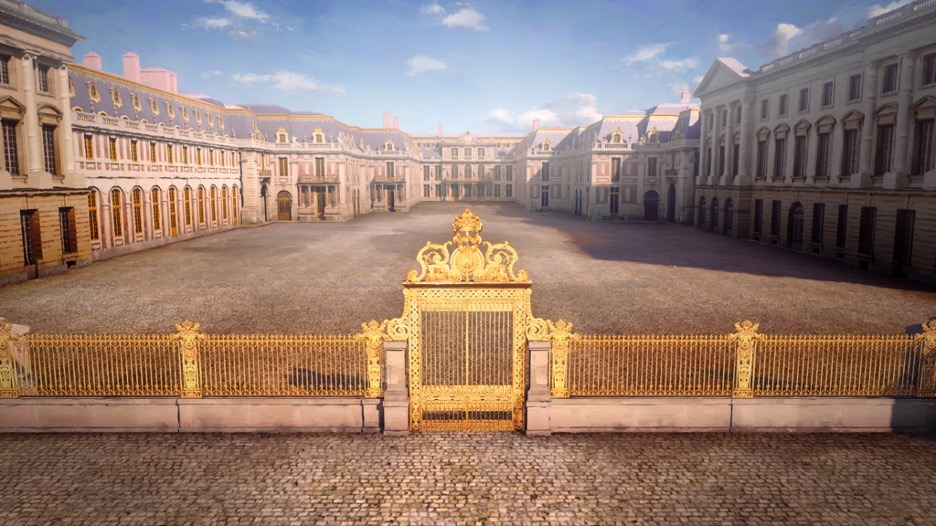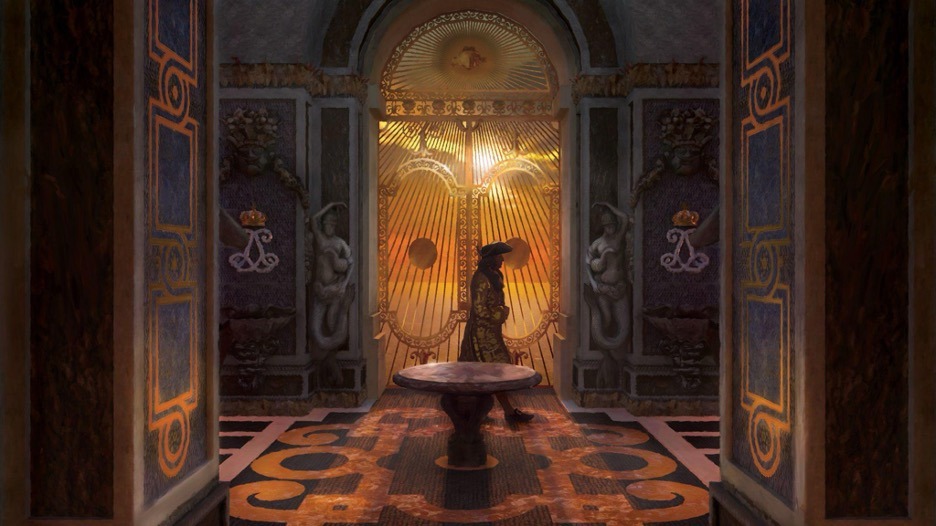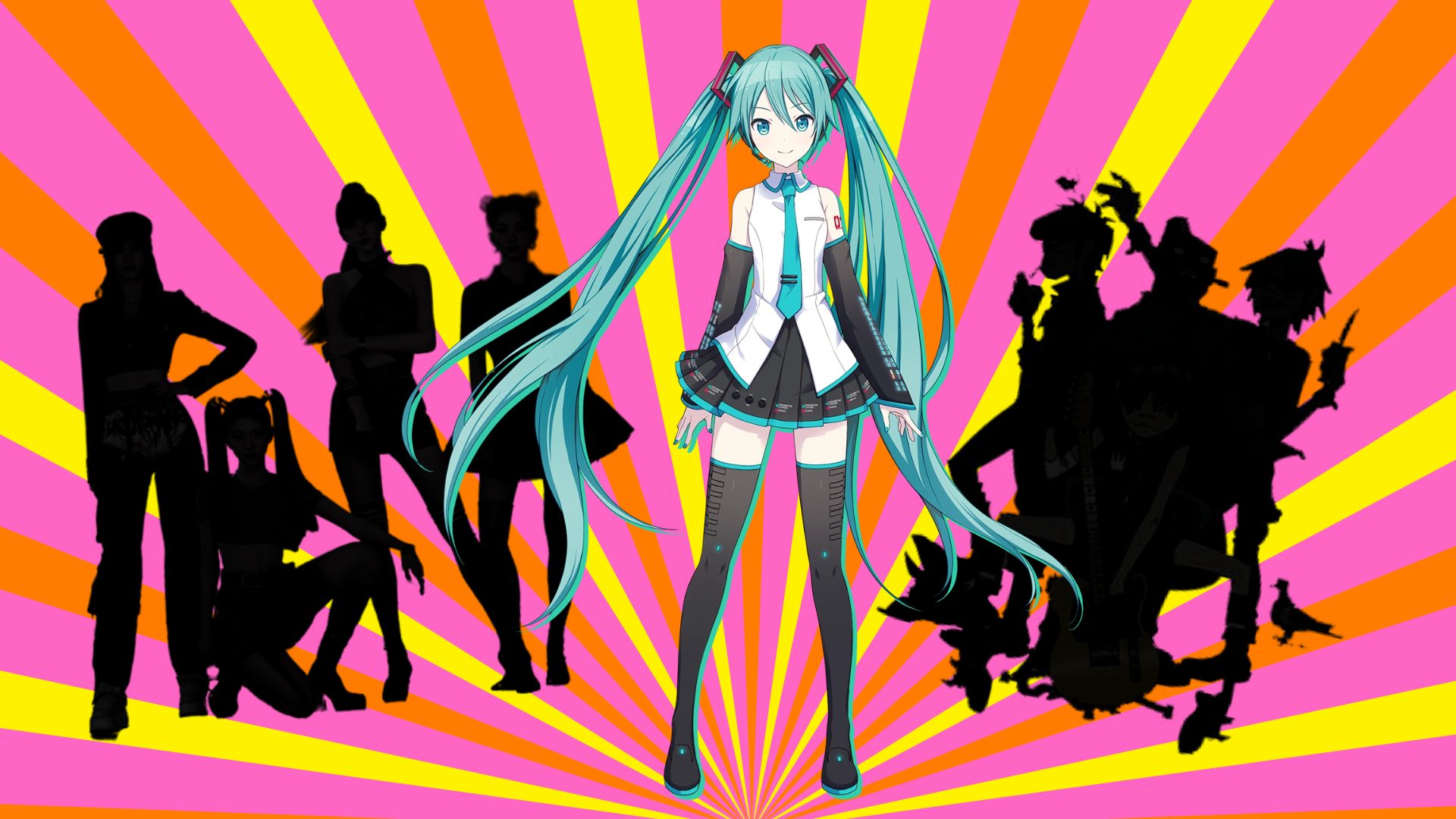When you arrive at the Palace of Versailles from Paris, the grandeur of the golden gates leaves you in awe. After passing through security, you find yourself in the famous Hall of Mirrors. One side of the hall features massive windows, while the other is lined with ornate mirrors. Sunlight streams in, reflecting off the glass, as if the room were built to capture time and light. After visiting the King and Queen’s chambers, you wander into the geometric gardens — captivated by their symmetry, yet overwhelmed by the sheer scale of the Versailles grounds.
This is the typical experience for visitors at Versailles. However, starting this spring, VIVE Arts — in collaboration with GEDEON Experiences and the Palace of Versailles — is launching a VR exhibition titled "Versailles: The Lost Gardens of the Sun King." This immersive experience invites audiences to revisit long-lost historical sites, including the Royal Menagerie, the Grotto of Tethys, and the Labyrinth Garden, offering a unique perspective on the hidden history of Versailles.
 The former site of the Royal Menagerie. (Source: VIVE Arts)
The former site of the Royal Menagerie. (Source: VIVE Arts)
This 25-minute VR journey focuses on "returning to the past at Versailles." With the VIVE Focus Vision headset, participants are guided by André Le Nôtre, the chief garden designer, using Location Based Entertainment (LBE) technology to freely explore the three vanished landmarks mentioned earlier, enhancing the immersive experience of the Versailles Gardens.
Just like our previous features on "Gaudi, the Atelier of the Divine" and "Tonight with the Impressionists Paris 1874," "Versailles: The Lost Gardens of the Sun King" transforms attendees from mere spectators into participants witnessing the birth of art. Once the headset is removed and the journey completed, visitors will have gained a deeper understanding and imagination of Versailles—not just as a magnificent Baroque structure, but as a symbol of the Sun King's ambition, French power, and the pinnacle of craftsmanship.
 Entering VR, this is where the "Lost Gardens" journey begins. (Source: VIVE Arts)
Entering VR, this is where the "Lost Gardens" journey begins. (Source: VIVE Arts)
So, what makes these three VR sites special?
First, the Royal Menagerie — an octagonal structure built between 1662 and 1664 — was one of Europe's earliest public zoos. It showcased Louis XIV’s fascination with exotic animals, featuring species from Africa and the Americas, such as ostriches and elephants, reflecting his global ambitions. Unfortunately, the zoo fell into disrepair after the French Revolution, and its main structure was completely demolished in the 19th century.
The Grotto of Tethys, inspired by the Greek sea goddess of the same name, was rich in water imagery and symbolism. Its exterior mimicked natural rock formations, while the interior was adorned with intricate shell and coral decorations, along with complex hydraulic systems that simulated rain, fountains, and water curtains. It was a testament to the lavish craftsmanship and technological innovation of Louis XIV’s France. However, in 1684, Louis XIV ordered its demolition to make way for the expansion of the palace’s north wing. Built between 1664 and 1670, this artificial grotto existed for only 14 years — and was seen by very few.
 The Grotto of Tethys, adorned with oceanic imagery. (Source: VIVE Arts)
The Grotto of Tethys, adorned with oceanic imagery. (Source: VIVE Arts)
Finally, we explore the heart of Versailles — the gardens. Louis XIV, ever the enthusiast, even wrote a booklet titled Manière de Montrer les Jardins de Versailles, which guided visitors along the best routes to appreciate the grounds. Sadly, while the booklet remains, the gardens themselves have changed.
The Labyrinth Garden, designed by André Le Nôtre, was the most intricate of all Versailles’ gardens. It featured a complex network of hedges and 39 fountains, each illustrating a tale from Aesop’s Fables. Stone plaques at the base of each fountain bore four-line poems to help visitors interpret the stories.
This garden was conceived as an educational tool for Louis XIV’s son, allowing him to absorb moral lessons while enjoying the stroll. Unfortunately, the fantastical garden was dismantled in 1774 and replaced by the Queen’s Grove, commissioned by Marie Antoinette. Many art historians consider the Labyrinth Garden the most iconic of Versailles’ lost landmarks.
 The Labyrinth Garden's fountain. Can you guess which fable this is? (Source: VIVE Arts)
The Labyrinth Garden's fountain. Can you guess which fable this is? (Source: VIVE Arts)
"Versailles: The Sun King’s Lost Garden" is more than just a recreation of a vanished historical site — it’s a VR-powered architectural experience that invites us to step into the grandeur of Louis XIV’s vision and 17th-century France at its peak. The exhibition is set to run at the ”Palace of Versailles” from March 25, 2025, to January 4, 2026. Hopefully, like "A Night with the Impressionists: Paris 1874," it will go on tour worldwide. We’ll be keeping an eye out for updates!

 The former site of the Royal Menagerie. (Source: VIVE Arts)
The former site of the Royal Menagerie. (Source: VIVE Arts) Entering VR, this is where the "Lost Gardens" journey begins. (Source: VIVE Arts)
Entering VR, this is where the "Lost Gardens" journey begins. (Source: VIVE Arts) The Grotto of Tethys, adorned with oceanic imagery. (Source: VIVE Arts)
The Grotto of Tethys, adorned with oceanic imagery. (Source: VIVE Arts) The Labyrinth Garden's fountain. Can you guess which fable this is? (Source: VIVE Arts)
The Labyrinth Garden's fountain. Can you guess which fable this is? (Source: VIVE Arts)

